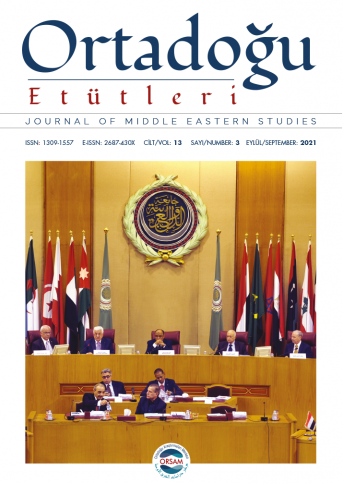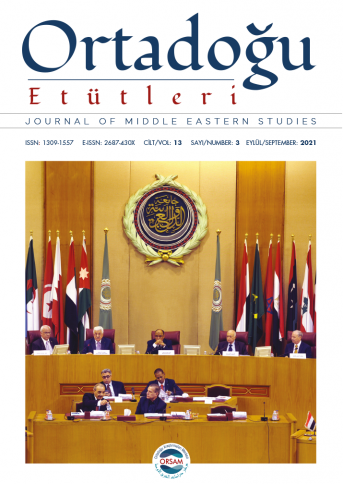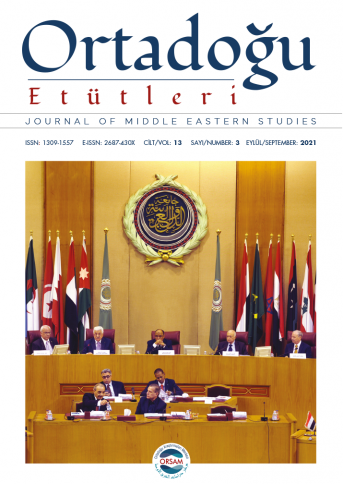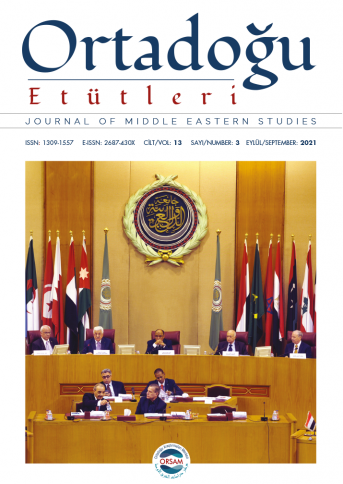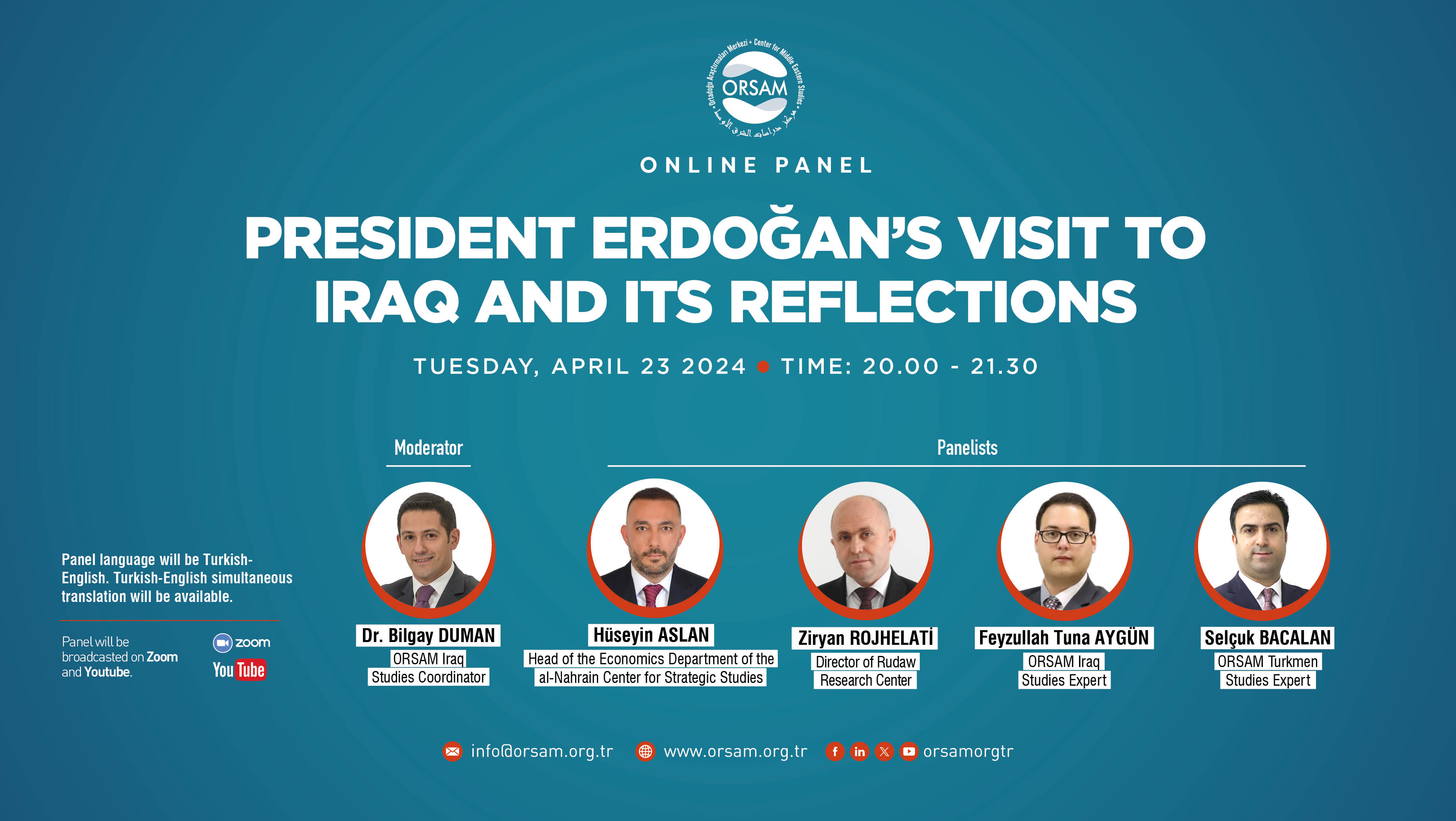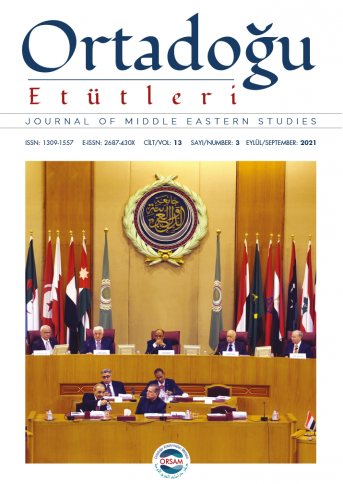
Conflict Resolution Capacity of the Arab League in Conflicts Between its Member States
This article examines the ability and competence of the Arab League (AL) in managing and resolving conflicts between its member states. There is a general view that the League, as a regional organization, has poorly performed and failed in managing conflict processes. The reason for this failure can be attributed to three important factors. First, the restrictive clauses of the founding Charter that shaped the organizational structure of the League have hindered the progress of conflict processes. Second, different regime structures and economic powers of the member states caused polarization among member states and weakened the League’s control over the conflict processes. Third, the involvement of international organizations and powerful states in the process of conflicts in line with their interests has downgraded the role of the League. These factors weakened the League’s control in managing and resolving conflicts and ultimately caused it to lose its initiative on regional conflicts to global powers. However, under these circumstances, it should not be concluded that the League has completely failed. Even though the League could not resolve most of the conflicts it mediated, it managed to prevent escalation of the conflicts, opened diplomatic channels for negotiations between the conflicting parties, and calmed the tensions arising from the conflicts. In this context, two cases from the history of the League will be examined in order to explore how the League manages the conflict processes. The first of these is the Iraq-Kuwait conflicts of 1961 and 1990 that threatened Kuwait’s sovereignty, and the second is the border conflict between Morocco and Algeria in the Western Sahara region.

